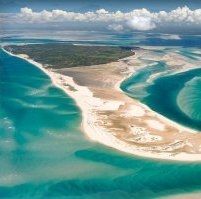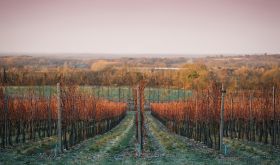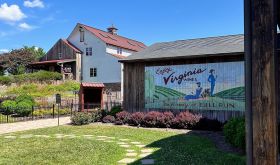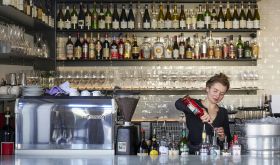On behalf of my adventurous older daughter, who had heard good things about the beaches there, I asked Miles Mossop of Tokara winery in South Africa for some pointers about travelling in Mozambique in south-east Africa. I thought they might be of use to purple pagers and, with Miles's permission, reproduce these useful tips here.
Something to keep in mind is that the accommodation at most places is rustic but adequate. See http://www.mozambiqueaccommodation.co.za for more details.
One has to spend some time in Maputo. With its architecture and food, it is a great place to visit.
Next stop should be Inhambane province and the city of Inhambane. Villanculos is also a good stop, but more rural and typical of long white beaches and straw huts and bars on the beach is a town called Toffino near Inhambane. A great place to stay in this area is Barra Lodge.
Next one needs to go to the Bazaruto Archipelago up north. It's a beautiful chain of islands with heaps of accommodation and great diving. Benguerra Lodge is a great place to stay (and provided this image) but is a bit more up-market than Barra Lodge.
Travelling around Mozambique is safe if you stick to the main roads and especially along the coast. They have cleared all land mines along these routes and the people are friendly and helpful. It is a third-world country so you can expect to be approached regularly by people offering services and goods. If looking for a guide, stick to the ones recommended by the lodge where you are staying.
The best is to fly into Maputo, spend the time there and then make your way to Inhambane and these areas by bus or renting a car. You can fly but it is a full day's drive. Then one can catch a boat transfer to any one of the islands in the Bazaruto archipelago from Villanculos.
Do take malaria prophylactics and have your shots for yellow fever, hepatitis etc. It is just safer.
One must try to see as much as possible, but from my experience it is nice to spend up to week in each place as you can really experience the lifestyle and culture.
Romi Sigsworth also has a few insider tips on the local cuisine and drink, and a couple of pictures to illustrate the point. Apologies for the poor-quality photos – they weren't originally intended for publication!
The food is very heavily influenced by the Portuguese colonial history – a lot of wonderful seafood (prawns, mussels, line fish, langoustines, crayfish), with lots of spice and peri-peri. Another favourite is chicken (also with peri-peri). So, on your way to wherever it is in Mozambique you are staying, you drive past many, many locals selling their wares ... one of which is FIERIEST peri-peri sauce in old booze bottles (usually spirits). The stuff is reddy-orange and looks and tastes nuclear. Once you get to where you are going, you make friends with the local fishermen and you barter over their fresh catch of the day (line fish or seafood) early in the morning when they come in off the sea. And you eat the fish with the peri-peri sauce if you're brave. I nearly burnt a hole in my tongue when I tried it, but Phil [Romi's husband] manages to glug the stuff down! You can buy loads of cashew nuts along the roads too, and bread is always freshly baked and yummy.
Inhambane is the most wonderful little coastal town in Mozambique – dilapidated but so full of charm. In Inhambane there is a delightful restaurant, that you would probably walk straight past if you didn't know it was there (see photo below), that serves up delicious, huge seafood platters onto plastic tables with brightly coloured tablecloths, where you sit on plastic chairs and study the bright murals on the walls.


The local beer is called Deux-M [pronounced Door-jem as in the French 'je'], and is the most sublime beer. But it doesn't travel well – you need to drink it on the Mozambiquan coast, in the sun, looking out over the sea. Deux-M is a must. I have no idea about the local wine, if it even exists. I remember being told about some local booze that they home brew, while on a quadbike tour of the beaches around where we were staying, but can't remember what is was made of or how it is made. I just remember the guide cautioning us 'westerners' against drinking it as our stomachs were probably not iron-clad enough! Above is a picture of your average Mozambique bar, and a round of Deux-M.













